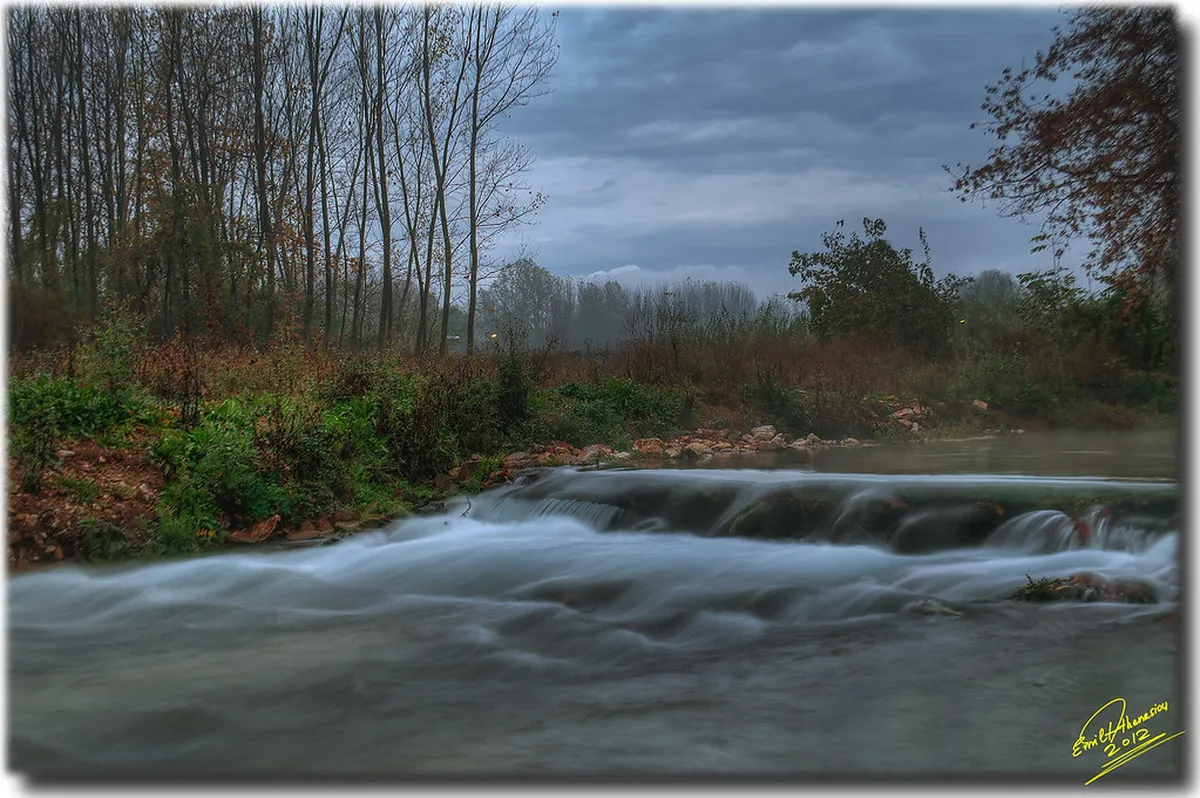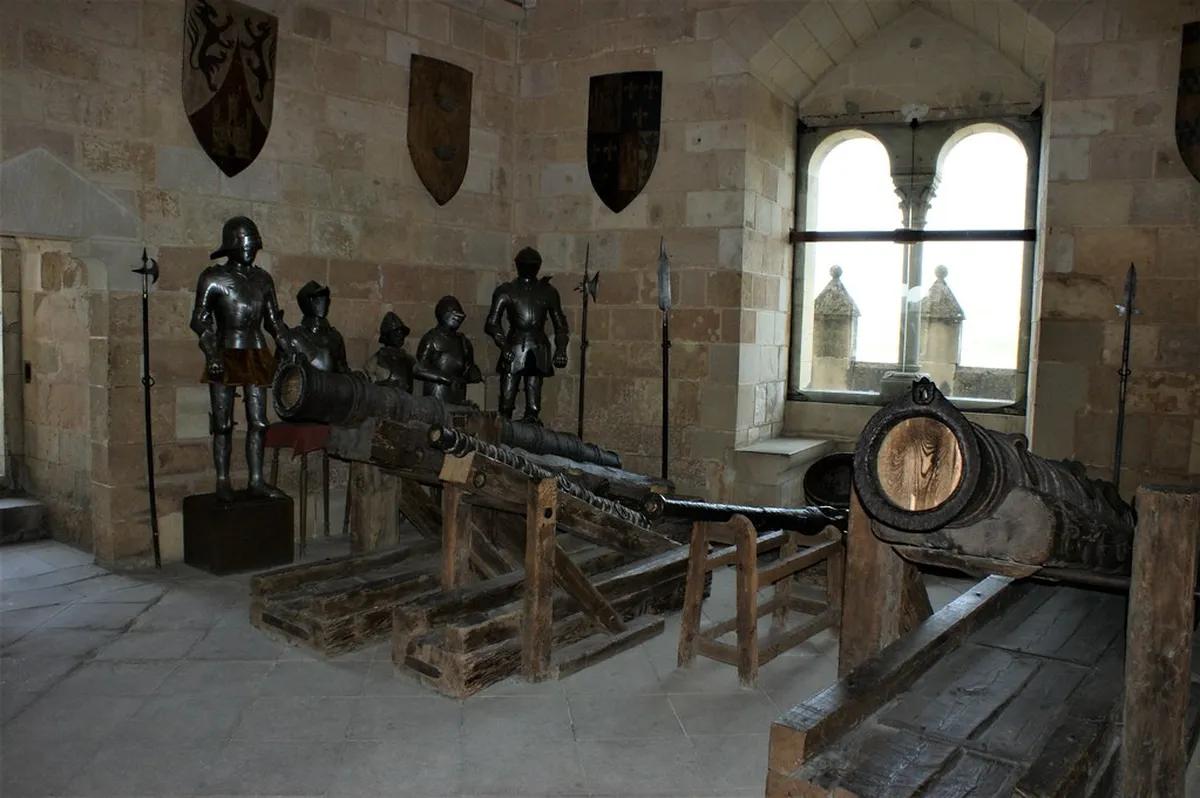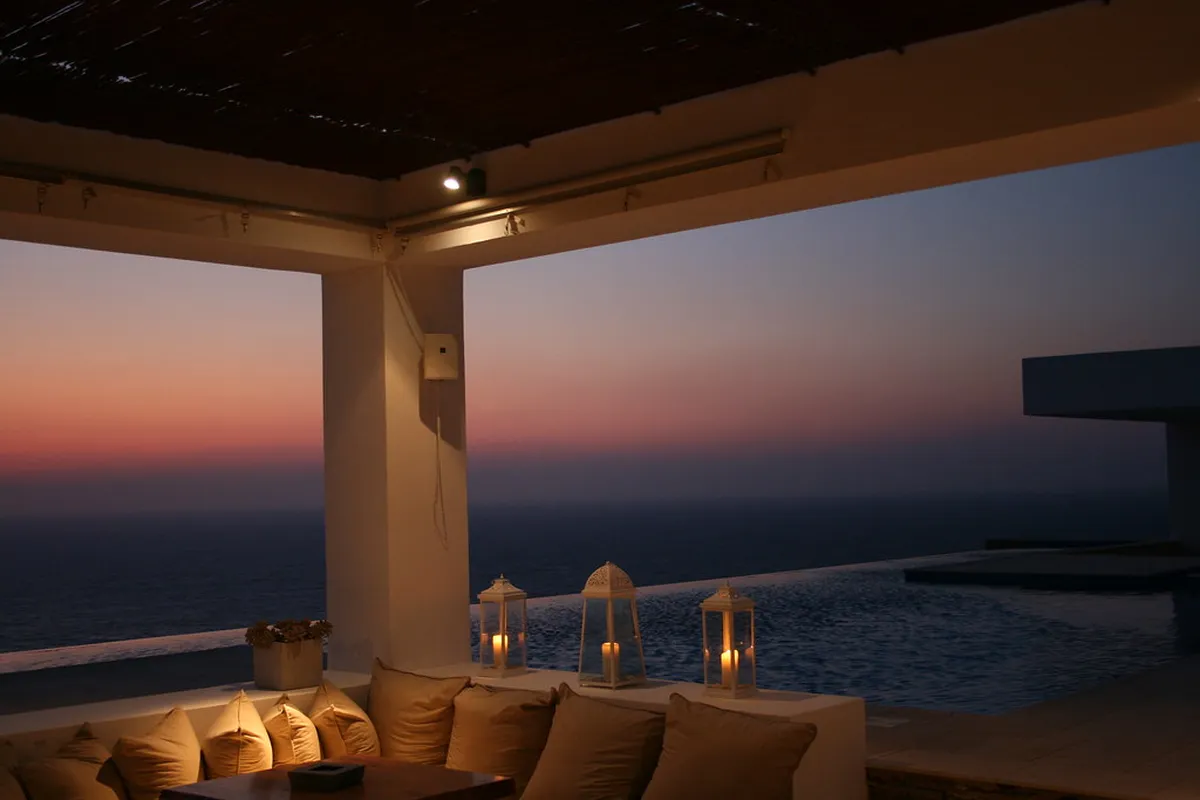Shamian Island Guangzhou: Complete Historical Walking Tour Guide
Nestled along the Pearl River in Guangzhou, Shamian Island stands as a tranquil oasis amidst the bustling metropolis. This 0.3 square kilometer sandbar island, once divided between British and French concessions in the 19th century, remains a captivating blend of Eastern and Western influences. With its tree-lined avenues, colonial architecture, and peaceful ambiance, Shamian Island offers visitors a fascinating glimpse into Guangzhou's complex history while providing a refreshing escape from urban intensity. Enhance your Guangzhou experience with our Guangzhou itinerary. Discover the best local cuisine with our Guangzhou food guide.
This comprehensive guide will walk you through the island's historical significance, architectural highlights, best photography spots, and practical information for making the most of your visit. Whether you're a history enthusiast, photography lover, or simply seeking a leisurely stroll through one of Guangzhou's most picturesque areas, Shamian Island promises a memorable experience that contrasts beautifully with the city's modern skyline. Explore on foot with our Guangzhou walking tour.
Key Highlights of Shamian Island
Plan this trip faster with our free online itinerary maker. Get a personalized day-by-day plan in minutes.
- Stroll along tree-lined Shamian Avenue and admire colonial-era architecture
- Visit the historic Christ Church and Our Lady of Lourdes Chapel
- Explore the former British and French Consulates
- Photograph the island's 42 historical buildings and statues
- Relax at riverside cafés with views of the Pearl River
- Discover bronze sculptures depicting scenes of daily life throughout the island
The History and Significance of Shamian Island
Shamian Island's history is deeply intertwined with China's complex relationship with Western powers during the 19th century. Following the Second Opium War (1856-1860), the island was divided into two concessions: the British occupied the eastern portion (4/5 of the island) while the French settled in the western section (1/5 of the island). This division remained until the mid-20th century, shaping the island's unique cultural and architectural landscape. Navigate the city efficiently with our Guangzhou transport guide.
Originally functioning as a sandbar separating the Pearl River, "Shamian" literally translates to "sandy surface" in Chinese. The island was artificially created by filling a shallow sandbank, transforming it into a strategic trading post. During its heyday as a foreign enclave, Shamian housed trading companies, consulates, churches, and residences of foreign dignitaries. Design your dream vacation using our Hangzhou itinerary. Build your perfect itinerary with our Suzhou itinerary.
The island's importance as a trading hub declined after World War II, but many of its historical buildings have been preserved, making it one of the most well-maintained colonial-era sites in China. Today, Shamian Island serves as a living museum, offering visitors a tangible connection to Guangzhou's multicultural past. Arrange your visit using our Lhasa itinerary. Structure your adventure with our detailed Kashgar itinerary.
Pro Tip: Visit early in the morning (before 9 AM) to enjoy the island's tranquil atmosphere before tour groups arrive. Early morning is also when locals practice tai chi along the waterfront, adding to the authentic experience. Schedule your trip with our Harbin itinerary. Design your dream vacation using our Chongqing City itinerary.
Walking Tour of Shamian Island: Essential Stops
A self-guided walking tour is the best way to explore Shamian Island's historical richness. The island is relatively small, allowing you to comfortably cover the main attractions in 2-3 hours. Here's a suggested route with key points of interest:
Eastern Section (Former British Concession)
- Shamian Street (Shamian Dajie) - The island's main thoroughfare, lined with banyan trees and colonial buildings.
- Former British Consulate - Now housing the White Swan Hotel, this impressive structure showcases British colonial architecture.
- Christ Church - Built in 1863, this Anglican church features Gothic-revival architecture and remains an active place of worship.
- Former Asiatic Petroleum Company Building - An elegant example of colonial-era commercial architecture.
- Shamian Park - A small but charming garden where locals gather for morning exercise and relaxation.
Western Section (Former French Concession)
- Our Lady of Lourdes Chapel - A Catholic church built in 1892, featuring striking Gothic elements.
- Former French Consulate - A beautifully preserved example of French colonial architecture.
- Victory Hotel - Formerly a British trading company building, now converted to a heritage hotel.
- Waterfront Promenade - Offers stunning views of the Pearl River and Guangzhou's skyline.
Throughout your walk, you'll encounter numerous bronze statues depicting scenes from daily life, including "Miss Shamian," "A Gentleman in Old Times," and "Children Playing." These artistic installations add charm while commemorating the island's cultural heritage.
Key Architectural Styles on Shamian Island
Shamian Island showcases a remarkable variety of architectural styles, reflecting the different European influences that shaped the island:
| Architectural Style | Key Features | Notable Examples |
|---|---|---|
| Neoclassical | Columns, symmetrical façades, elaborate detailing | Former British Consulate, Shamian Hotel |
| Gothic Revival | Pointed arches, ribbed vaults, flying buttresses | Christ Church, Our Lady of Lourdes Chapel |
| Baroque | Dramatic use of light, ornate decoration | Former Imperial Post Office |
| Renaissance Revival | Balanced proportions, classical elements | Former HSBC Building, Former French Consulate |
Many buildings feature verandas, shuttered windows, and high ceilings – adaptations to Guangzhou's humid subtropical climate that combine European designs with practical considerations for local weather conditions.
Best Photography Spots on Shamian Island
Shamian Island is a photographer's paradise, offering countless opportunities to capture both architectural details and atmospheric scenes. Here are the most photogenic locations:
Exterior Architecture Shots
- Christ Church Façade - The Gothic architecture creates dramatic shadows, especially in the late afternoon.
- Our Lady of Lourdes Chapel - Its symmetrical façade and vertical lines make for compelling compositions.
- The White Swan Hotel - Especially photogenic when viewed from the riverside promenade.
Street Photography
- Shamian Avenue - The tree-lined main street offers beautiful dappled light filtering through banyan trees.
- North Shamian Street - Quieter and less visited, with excellent examples of preserved colonial buildings.
- Bronze Statues - The various sculptures throughout the island make for engaging foreground elements.
Waterfront Views
- Pearl River Promenade - Best at sunset when the Guangzhou skyline begins to light up.
- Eastern Tip of the Island - Offers panoramic views of the river traffic and opposite shoreline.
Photography Tip: The golden hour (approximately one hour after sunrise or before sunset) provides warm, flattering light that enhances the island's colonial architecture. The contrast between old buildings and modern Guangzhou across the river creates particularly striking images during this time.
Dining and Cafés on Shamian Island
Though small, Shamian Island offers several charming dining options where you can rest and refuel during your exploration:
Restaurants
- Lucy's Café & Restaurant - A popular Western-style establishment with outdoor seating, serving sandwiches, pasta, and comfort food.
- Shamian Traditional Cantonese Restaurant - Located near the eastern entrance, offering authentic Cantonese dishes including dim sum.
- White Swan Hotel Restaurants - Several dining options within the hotel, including high-end Cantonese cuisine and international fare.
Cafés
- Starbucks - Housed in a historic building with colonial architecture, offering a unique setting for this global chain.
- Garden Café - A quaint spot with a garden terrace perfect for afternoon tea.
- Riverside Café - Offering stunning views of the Pearl River with a selection of coffees and light meals.
Many cafés on the island provide excellent opportunities to rest while people-watching or enjoying views of the historic architecture.
Practical Information for Visiting Shamian Island
Getting There
Shamian Island is easily accessible via Guangzhou's efficient public transportation system:
- By Metro: Take Line 1 to Huangsha Station (Exit D), then walk approximately 10 minutes to the island.
- By Bus: Routes 6, 33, 57, 133, 181, 209, and 233 all stop near the island.
- By Taxi: Ask to be taken to "Shamian Dao" (Shamian Island). Most drivers are familiar with this popular destination.
Best Time to Visit
- Season: October to December offers the most pleasant weather with lower humidity and comfortable temperatures.
- Time of Day: Early morning (7-9 AM) or late afternoon (4-6 PM) provides the best lighting for photography and fewer crowds.
- Day of Week: Weekdays are generally less crowded than weekends, when local families often visit.
Visitor Facilities
- Public Restrooms: Available in Shamian Park and near the larger hotels.
- ATMs: Located in the White Swan Hotel and at the eastern entrance to the island.
- Information Center: A small tourism information point is located near the central square.
Entrance Fee and Hours
Shamian Island is freely accessible 24/7, with no entrance fee. However, individual buildings may have their own operating hours:
- Christ Church: Open 9 AM-5 PM, closed during services
- Our Lady of Lourdes Chapel: Open 8 AM-6 PM, closed during services
- Most shops and cafés: Open from 10 AM-8 PM
Recommended Itinerary: Half-Day on Shamian Island
If you're including Shamian Island as part of a broader Guangzhou itinerary, here's an ideal half-day plan:
Morning Option (8 AM-12 PM)
- 8:00 AM: Arrive at Shamian Island via Huangsha Metro Station.
- 8:15 AM: Stroll along the riverfront promenade, watching locals practice tai chi.
- 9:00 AM: Explore the eastern section, including Christ Church and surrounding colonial buildings.
- 10:30 AM: Coffee break at one of the riverside cafés.
- 11:00 AM: Continue to the western section to visit Our Lady of Lourdes Chapel and the former French Consulate.
- 12:00 PM: Lunch at Lucy's or a traditional Cantonese restaurant before departing.
Afternoon/Evening Option (3 PM-7 PM)
- 3:00 PM: Arrive at Shamian Island.
- 3:15 PM: Begin with the western section, visiting Our Lady of Lourdes Chapel.
- 4:00 PM: Explore the central area with its statues and historic buildings.
- 5:00 PM: Visit Christ Church and the eastern section.
- 6:00 PM: Head to the riverfront promenade for sunset views of the Pearl River and Guangzhou skyline.
- 7:00 PM: Dinner at one of the island's restaurants before departing.
Shamian Island in Context: Fitting It Into Your Guangzhou Visit
Shamian Island makes an excellent addition to your broader 3-day Guangzhou itinerary or 5-day Guangzhou exploration. For efficient planning, consider these combinations:
Combine with Nearby Attractions
- Morning: Shamian Island exploration
- Afternoon: Chen Clan Ancestral Hall (approximately 3 km away)
- Evening: Pearl River Night Cruise (several boarding points near the island)
Cultural-Historical Day
- Morning: Dim Sum breakfast near Liwan District
- Late Morning/Early Afternoon: Shamian Island
- Late Afternoon/Evening: Beijing Road Shopping Street
Shamian Island offers a perfect contrast to Guangzhou's more modern attractions like the Canton Tower or Huacheng Square Light Show, providing a balanced perspective on the city's historical evolution.
Frequently Asked Questions About Shamian Island
How much time should I spend on Shamian Island?
Is Shamian Island worth visiting?
Can I stay overnight on Shamian Island?
Are there guided tours available for Shamian Island?
What's the significance of the statues on Shamian Island?
Is Shamian Island accessible for those with mobility limitations?
Shamian Island represents a peaceful historic oasis amidst Guangzhou's urban landscape. Its well-preserved colonial architecture, combined with an atmosphere of tranquility, makes it a must-visit destination for travelers seeking to understand the multifaceted history of this dynamic Chinese city. Whether you're capturing perfect photographs, learning about Guangzhou's international connections, or simply enjoying a leisurely stroll, Shamian Island offers a distinctive experience that complements the more modern attractions of this thriving metropolis.



